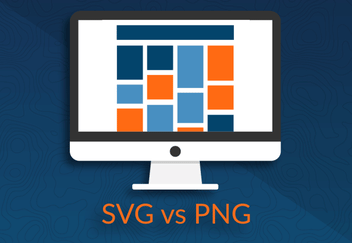
Having high quality images on your website has become more important now than it has ever been. According to Internet Live Statistics, there are almost 2 billion websites in existence right now. This means that your website is a very small fish in an extremely large sea. With so many websites available to internet users, it is crucial to maintain a standard quality of content that is in line with today’s technology and best practices. This article will explain what “high quality images” means in this context and how to apply relevant best practices to your website.
What makes a high quality image?
Many factors play into the quality of an image, especially on the web. In traditional photography, the quality of an image is associated with the resolution and sensor size of the camera. This all changes when it comes to the web. For the purpose of this article, we will define “high quality” by an image’s sharpness, relevance, and speed.
Sharpness
Nobody wants to see a blurry and/or skewed image. For a business that relies on its website for consumer interaction, the importance of having sharp, professional photos cannot be understated.
Relevance
If an image has little to no relation to the surrounding content, then the page is probably better off without it. Random images or ones that do not relate to the content around it only serve as distractions to the user.
Speed
What good is an image if the user clicks off the page before it loads? Speed is an extremely important factor when it comes to placing images on your website. The smaller the file size, the faster it will load. To maintain a sharp image that loads fast, you must find an appropriate balance between file size and resolution based on how big it needs to appear on your website.
How can I apply this to my website?
Follow these basic steps to apply best image practices to your website:
- Make sure your images are sharp. Also, make sure the subject can be easily identified.
- Ensure that each image relates to and enhances the content around it. Images that aren’t relevant to surrounding content can confuse visitors and make them question a site’s credibility.
- Make the file size as small as possible without losing significant image quality. Sites like ImageResize, HRefTools, and ShortPixel make this important task quite simple.
Although many aspects of an image affect its quality, the three most important factors for website images are sharpness, relevance, and speed. Applying these standards to your website images can enhance your site’s user experience, its prominence in search engine results, and its ability to turn visitors into leads and customers. Here at Blue Frog, we know how to help you select images that are right for your website. Click the link below to schedule a free consultation with our web design experts today!



